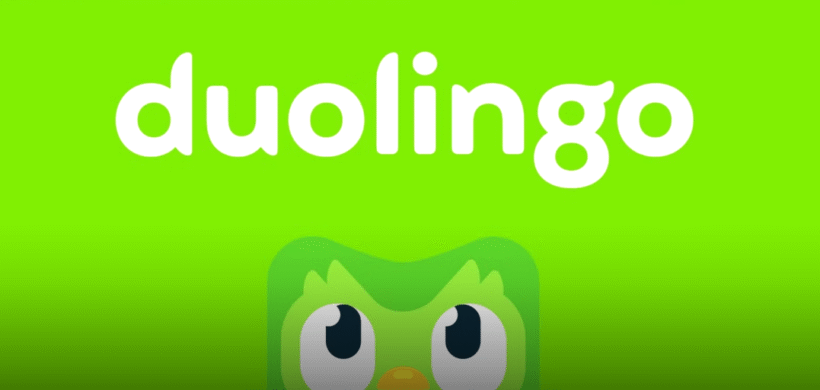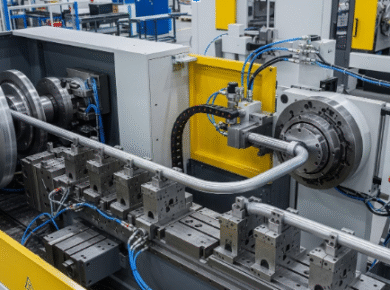Personal development isn’t a sprint; it’s a lifelong systems design project. The key is sustainability — building habits, pacing progress, and choosing structures that align with your actual life rhythm rather than some hyper-optimized fantasy. This guide explores how to keep learning and improving over time without exhaustion or drift.
1. Why “Constant Growth” Is Often Unsustainable
There’s a quiet pressure in modern culture to always be improving. That pressure can lead to burnout and “progress inflation” — the feeling that you’re never doing enough.
Sustainable development, by contrast, is slower and more cyclical. It values integration over intensity. The goal isn’t endless hustle; it’s learning how to retain capacity while advancing — physically, mentally, emotionally, and financially.
2. Rethinking Success
Personal growth isn’t just about optimizing for productivity. It’s also about learning to pause, recover, and reflect.
Platforms like Infornicle emphasize lifestyle design over life hacking — balancing self-mastery with joy, social health, and contribution. Their content blends mental health insights with pragmatic frameworks for learning and career alignment.
One standout idea: growth velocity isn’t constant. It fluctuates with your environment, energy, and purpose stage. Trying to maintain the same speed forever breaks the system. Smart personal development adapts its tempo — like interval training for the mind.
Quick Checklist — The Sustainable Growth Audit
| Category | Ask Yourself | Action Step |
| Focus | Am I working on too many goals? | Limit to 3 core domains this quarter. |
| Rest | Do I have recovery built into my week? | Add one unscheduled block per week. |
| Learning | Am I consuming more than I apply? | Use the 70/20/10 rule (70% doing). |
| Feedback | Do I have reflective checkpoints? | Journal or use a “growth log” every Sunday. |
| Support | Am I growing in community or isolation? | Join a learning circle, course, or mentor group. |
3. A Sustainable Path: Education as a Scaffold
Sometimes long-term growth needs an external structure — a program or degree that creates accountability, pacing, and professional alignment. Online learning platforms make this easier than ever.
For example, if you’re interested in building digital skills that have enduring value, check this out — an online degree in cybersecurity. It’s flexible, accessible, and aligned with a fast-evolving field. The key isn’t the credential itself but the system it builds around your self-development — clear milestones, applied practice, and expert mentorship.
Structured learning creates sustainability by turning self-improvement from a self-discipline problem into a process problem. That’s what keeps momentum alive.
4. How to Keep Progress Without Losing Balance
Here’s a How-To Loop for sustainable development:
- Clarify – Define your current stage (e.g., learning, mastery, or recovery).
- Chunk – Break ambitious goals into 3–4 week sprints.
- Cycle – Alternate between focus and reflection phases.
- Measure – Track by input, not just outcomes (hours practiced > goals achieved).
- Adapt – When energy dips, switch to maintenance mode instead of quitting.
Bonus: Use “micro-victories.”
Instead of chasing monumental changes, measure success by small, repeatable wins — reading 10 pages or keeping a morning routine for 5 days straight.
5. Tools & Resources That Reinforce Sustainable Growth
- Coursera – skill-based learning from top universities.
- Todoist – habit-tracking with progressive goals.
- Notion – modular personal growth dashboards.
- Headspace – meditation to manage cognitive fatigue.
- Medium – writing to clarify your thinking.
- Skillshare – creativity and applied learning.
- Duolingo – bite-size, daily learning rhythm.
These tools aren’t magic bullets — they’re scaffolds. The sustainability of your growth depends on how you use them, not just how often.
6. Frequently Asked Questions
How do I stay motivated for years?
Redefine motivation as momentum. You don’t need hype; you need systems that carry you when energy dips.
What if I fall behind on my goals?
You’re not behind; you’re in data collection. Growth thrives on iteration, not perfection
How do I avoid burnout while learning new skills?
Practice strategic rest. Stop treating rest as reward; treat it as part of the training cycle.
How often should I change my goals?
Every quarter, re-evaluate. Growth goals have half-lives; they expire as you evolve.
7. Glossary
- Cyclic Growth – A model of progress that alternates between expansion and reflection phases.
- Self-Calibration – Regularly adjusting goals and methods to stay in sync with current capacity.
- Micro-victories – Small, deliberate wins that reinforce momentum and identity.
- Maintenance Mode – A reduced-effort phase for preserving gains without burnout.
- Synthesis Learning – Integrating knowledge through practice and teaching.
Conclusion
Personal development that lasts is less about ambition and more about architecture.
Design systems that let you pause without guilt, reflect without shame, and re-enter growth cycles with clarity. When development is paced, intentional, and purpose-aligned — it becomes renewable. Because sustainable growth isn’t about going faster — it’s about learning how to keep going.










